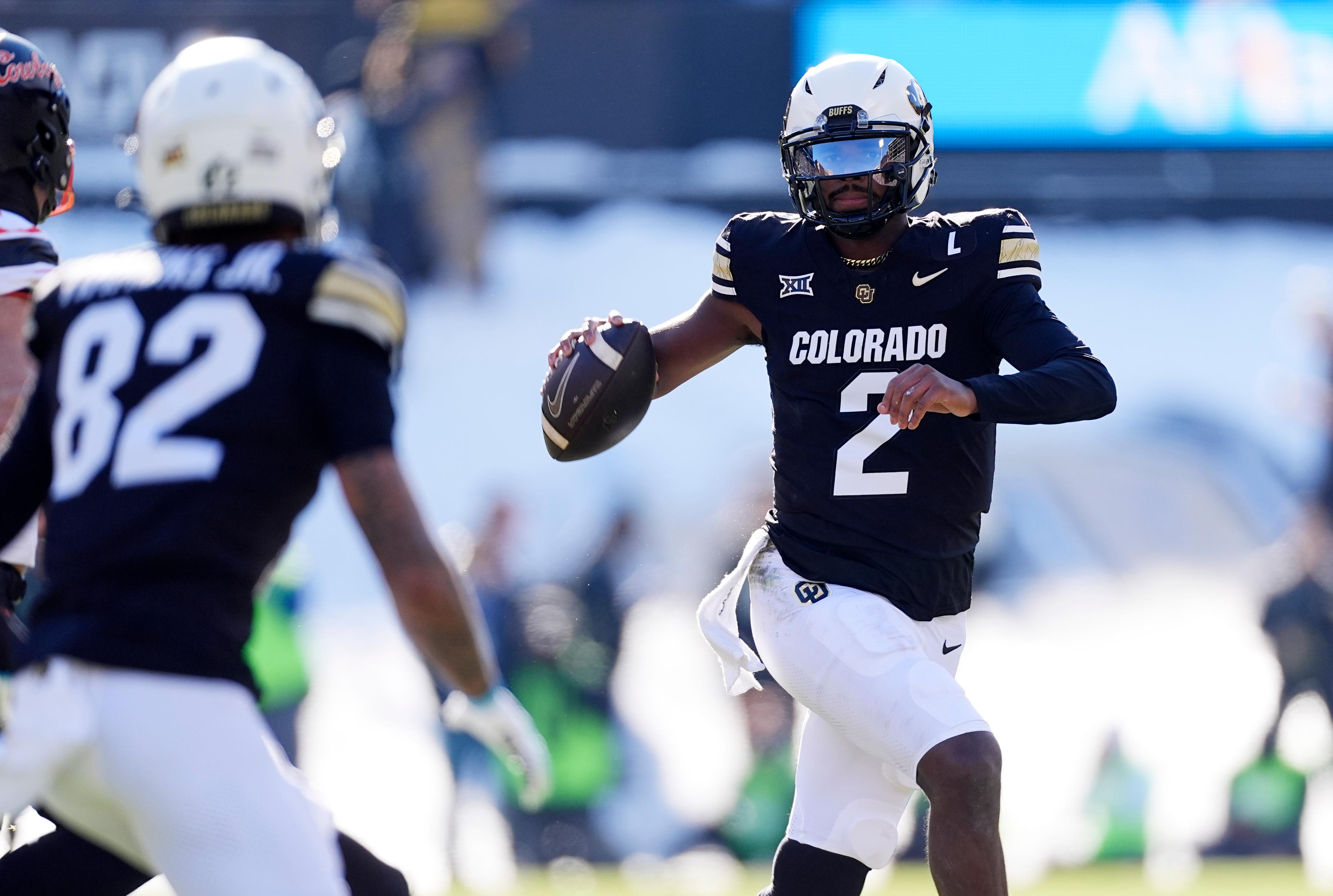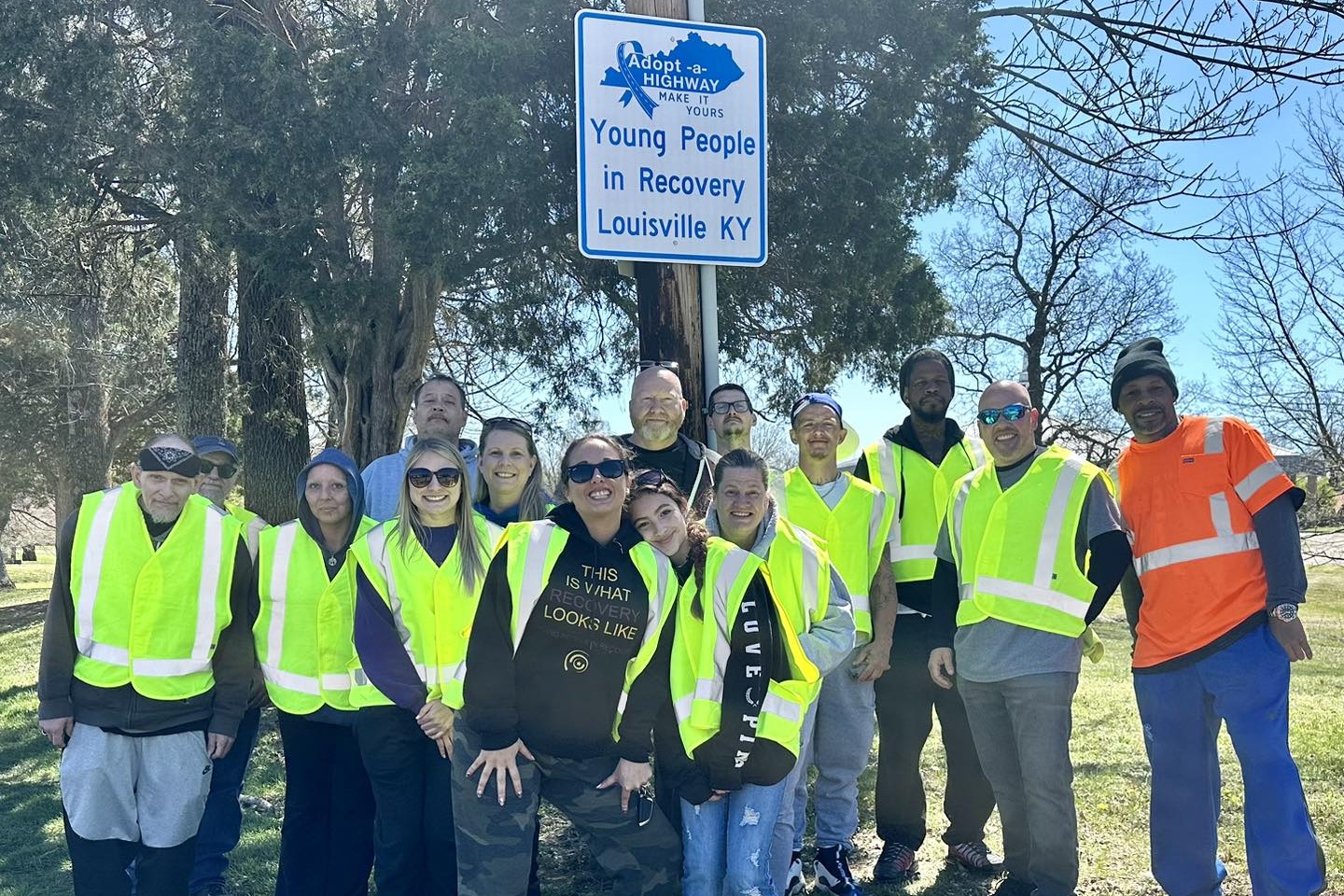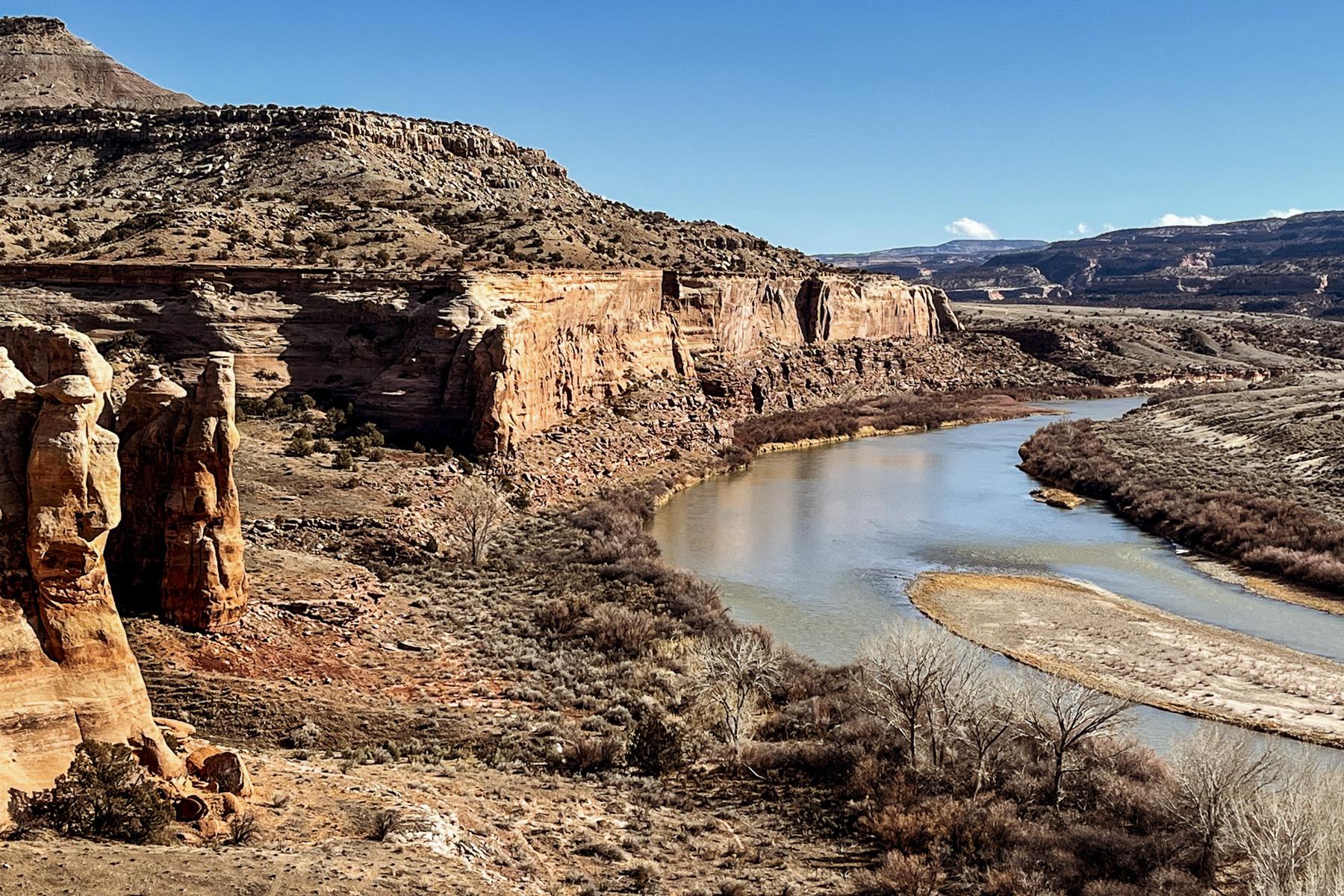
Editor's note: As wildfires burn in Colorado and the West, we revisit a conversation from June 2016 about a deadly 2013 fire in Arizona.
Three years ago this week, 19 wildland firefighters died in the Yarnell Hill Fire near Prescott, Arizona. It was of one of the deadliest days in American firefighting.
A new book, "The Fire Line: The Story Of The Granite Mountain Hotshots And One Of The Deadliest Days In American Firefighting," chronicles the lives and deaths of the elite crew, and contains lessons about wildfire and development in the West. Those lessons are timely, given fire season has started from Alaska to California to northern Colorado, where the Beaver Creek Fire has been burning for more than a week.
The book was written by Fernanda Santos, the Pheonix bureau chief for The New York Times. Santos spoke with Colorado Matters host Ryan Warner.
Read an excerpt:
Page 88 of the Yarnell Hill Fire Serious Accident Investigation Report, the official account of the deadliest wildfire in the United States since 1933, offers a distanced, emotionless diagram of a fatal last stand against flames and heat. Coffinlike shapes represent nineteen firefighters killed in the Arizona wildfire on June 30, 2013, all members of the Granite Mountain Hotshots. It’s an arresting chart — loyalty, death, and immeasurable grief, graphed in numbered geometric figures arranged in precise disarray. The chart depicts the firefighters’ bodies in the hollow where the wildfire trapped them — a steep mountain to their backs, a high wall of flames ahead. A list of names below it keys to the individuals who lost their lives: Number 9, Brendan McDonough, is missing. He’d been assigned lookout duty a half mile away. On that hot and dry June day, the Granite Mountain Hotshots had risen with the sun, as usual. They’d taken their assigned seats in the crew’s four personnel carriers and traveled through forty-three winding miles, from their home base in Prescott, Arizona, to a speck of town — 649 residents, barely 9 square miles — called Yarnell, a hideaway for hippies, artists, retirees, and others looking to forget and be forgotten. The men had parked near the end of a dirt road, on the edge of the wild, and sized up a fire that was chewing at a ridge west of town. They’d trudged uphill in single file for what should have been a usual day’s work — sawing off brush, tossing it aside, and scraping the ground down to mineral soil, to starve the approaching fire of the vegetation that would keep it burning. The task is called cutting fire line, and it’s how wildfires are fought. The sun pounded down upon the Hotshots. They marched upslope, bowed under the weight of fifty pounds of gear, their eyes on the rocky ground underfoot. Parched chaparral coated the majestic Weaver Mountains, highlands that rise from the Sonoran Desert’s leafy flatlands. It hadn’t rained in Yarnell since April. For the fourth consecutive day, temperatures had soared above one hundred degrees and lingered there, disrupting the usual easy summer in that cool mountainside retreat. In flame-resistant pants and long- sleeved shirts that some had folded up, others had closed by fastening a strap of Velcro around their wrists, the men lumbered past massive granite boulders that blasted waves of heat at them. In their gloved hands, they each lugged one of the tools of their trade: picks, axes, shovels, Stihl 440 chain saws. The fire hadn’t looked like much to them when they had rolled into town that morning— a swirl of saffron smoke against a boundless blue sky. Sparked two days earlier by lightning, the fire had crept north of its point of origin, a gnarled cluster of chaparral plants — catclaw acacia, scrub oak, and manzanita — near the tip of Yarnell Hill, seventy miles northwest of Phoenix. The Hotshots took positions on the fire’s slowest- spreading edge, its heel, an area close to its point of origin. Yarnell stood to their right, ringed by thick, tall brush, land that hadn’t burned in forty-seven years. To their left lay a charred patch of about two hundred acres — an area firefighters call the black, because the vegetation there had already burned. They marked it as a safe retreat if the fire turned on them. Their first task was to find a strategic starting point for the fire line they aimed to build as a barrier to the fl ame’s spread, and as an anchor to a hand- carved buffer zone clear of everything flammable. They settled on a gap on the fi re’s southwest corner, along the dense wall of a steep, rocky slope facing toward the town of Congress, away from Yarnell. They swung their tools, pounding, digging, slicing, and clearing the ground around the fire’s southern perimeter — a line about a yard wide around a bent elbow — and onward along the fire’s eastern fringe, its right flank. The task is a sort of savage science, strategic in its planning, primitive in its execution, punishing bodies and minds. Stooped, the men attacked the hardened soil with furious precision, determined to take away the fuel that would other wise feed the fire if it ran toward Yarnell. Then, every thing changed. As forecasters had twice warned, a powerful thunderstorm blew in from the north. It crashed head-to-head with the fire, which was rolling toward Yarnell’s small neighbor Peeples Valley, a community of ranches and middling homes with about half of Yarnell’s population and twice the acreage. The collision was at once fearsome and spectacular. Winds gusted to forty, then fifty miles per hour, bending the northbound flames eastward and shoving them southward at a speed of a mile in four minutes, a hundred yards in fifteen seconds — faster than any gear-laden firefighter can sprint. Smoke cleaved a horse shoe in the air, stamping the fire’s changing orientation in gunmetal gray against the darkened sky. From her home in Yarnell, Adria Shayne gasped at the apocalyptic sight. She grabbed her pets and, stunned, drove away in her battered pickup truck, leaving her house and every thing in it heating up behind her. Propane tanks hissed and exploded as she escaped. Glass windows shattered. Ammunition fired spontaneously. Flames rolled through the west side of town, then barged inside a neighborhood at its southern tip, GlenIlah, burning homes at random, skipping some, as if in a drunken game of hopscotch. Pipes cracked and water gushed underfoot. Ash shrouded the sun, turning the day dark. From a knoll northeast of the rest of his crew, McDonough, the assigned lookout, swung a pocket- size psychrometer, an L-shaped instrument that mea sured temperature and humidity on the fire line. Lookout is a physically easy task that requires intimate knowledge of fire, weather, and their wicked tricks. The easy part suited McDonough that day as it was his first back at work after two days at home nursing a cold, and a night out with friends. Facing north, McDonough felt the wind that had caressed his neck shift and slap his face. He saw the fire suddenly rolling toward him, no longer away from him. Over the radio, he warned the crew’s captain, Jesse Steed, that the flames had charged close to the knoll. Steed agreed when McDonough said he’d pull back to safety: “I’ve got eyes on you and the fire, and it’s making a good push,” Steed had said. McDonough had looked back over his shoulder as he left and saw flames devouring the perch where he had just stood. The nineteen Granite Mountain Hotshots stayed in the burning wilderness. Reprinted with permission from "The Fire Line: The Story Of The Granite Mountain Hotshots And One Of The Deadliest Days In American Firefighting," by Fernanda Santos. Flatiron Books. (c) 2016 by Fernanda Santos. |









